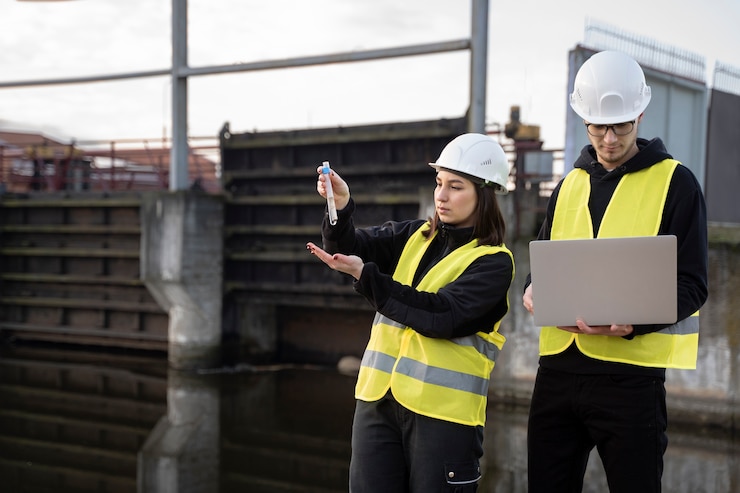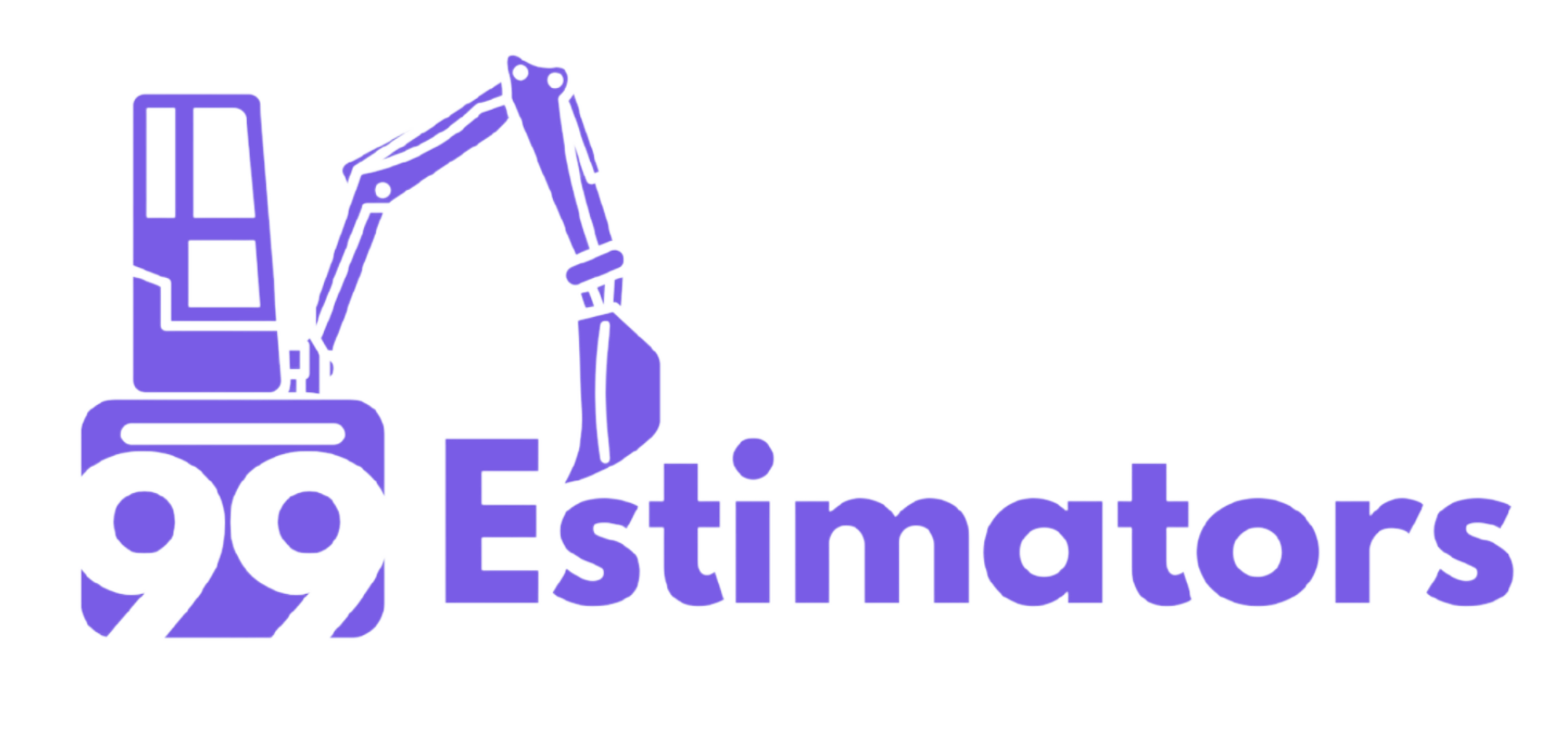
Understanding Material Takeoff in Construction
Material takeoff is a fundamental process in construction estimating that involves identifying and quantifying all the materials required to complete a project. A precise material takeoff ensures that your project runs smoothly, stays within budget, and avoids costly delays due to missing or excess materials. Understanding how to perform an accurate material takeoff is essential for contractors, estimators, and project managers alike.
1. What is Material Takeoff? Material takeoff (MTO) is the process of extracting a detailed list of materials from construction drawings and specifications. This list includes quantities, types, and sizes of materials such as concrete, steel, lumber, piping, and finishes. The MTO serves as the foundation for cost estimation, procurement, and scheduling.


2. Steps in the Material Takeoff Process: The process begins with a thorough review of project drawings and specifications. Estimators systematically go through each drawing, noting every material needed for each phase of construction. Quantities are measured using scale rulers, digital takeoff tools, or specialized software. It’s important to double-check all measurements and cross-reference with specifications to ensure nothing is missed.
3. Importance of Accuracy: An accurate material takeoff prevents over-ordering or under-ordering materials, both of which can impact project costs and timelines. Mistakes in takeoff can lead to project delays, increased waste, and budget overruns. Using digital tools and checklists can help improve accuracy and efficiency.
4. Common Challenges: Some common challenges in material takeoff include unclear drawings, frequent design changes, and coordination between multiple trades. To overcome these, maintain clear communication with the design team, update takeoffs as changes occur, and use collaborative software to keep everyone on the same page.
5. Best Practices for Material Takeoff: Always use the most current set of drawings, verify all dimensions, and document any assumptions or clarifications. Organize your takeoff by trade or construction phase for easier review and procurement. Regularly update your takeoff as the project evolves and changes are made.
Conclusion: Mastering material takeoff is crucial for successful construction project management. By following a systematic approach and leveraging modern tools, you can ensure your estimates are accurate, your procurement is efficient, and your projects are delivered on time and within budget.
